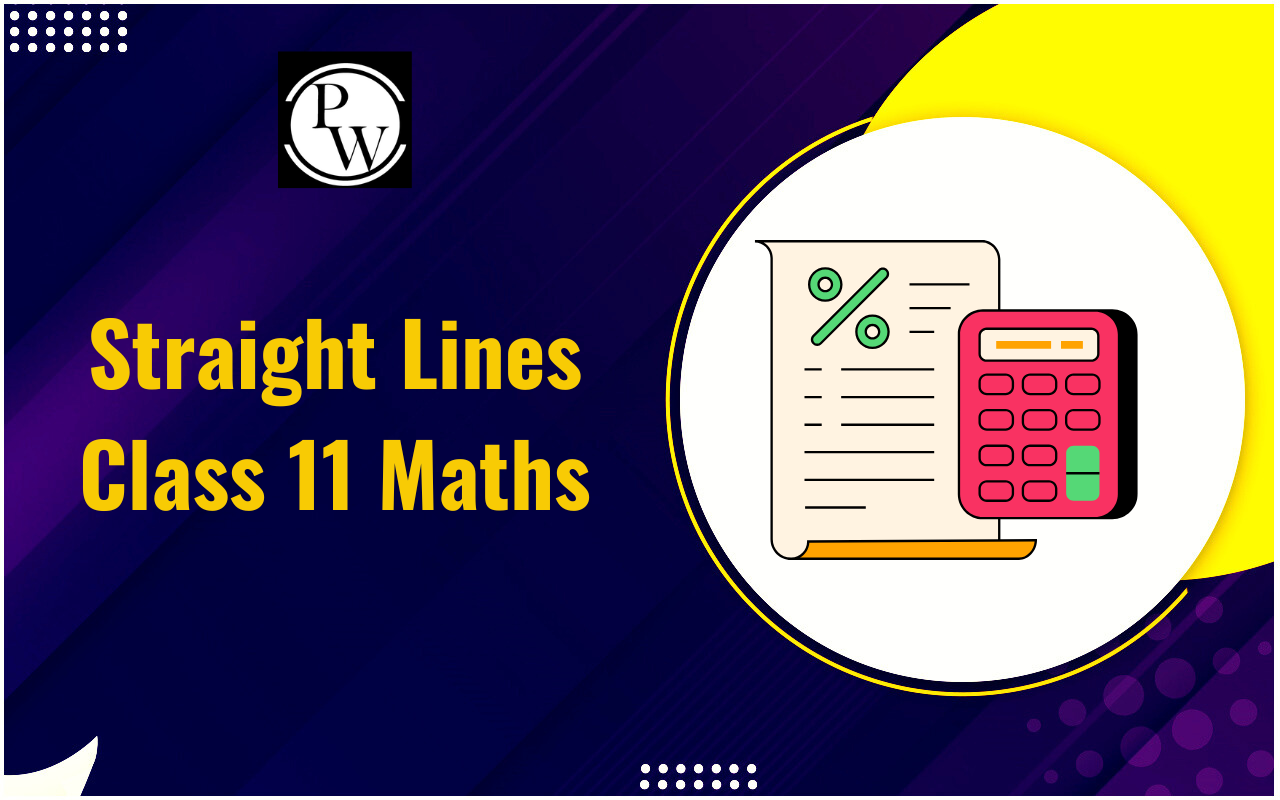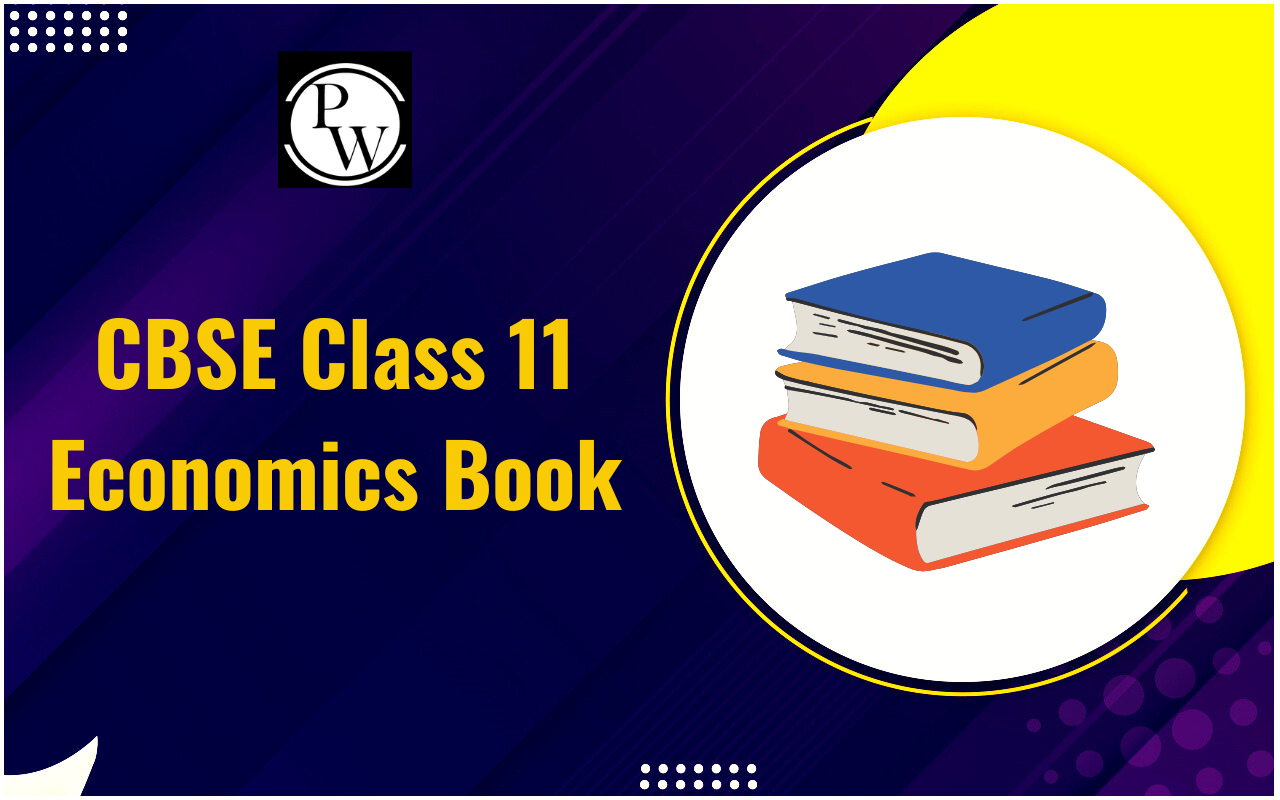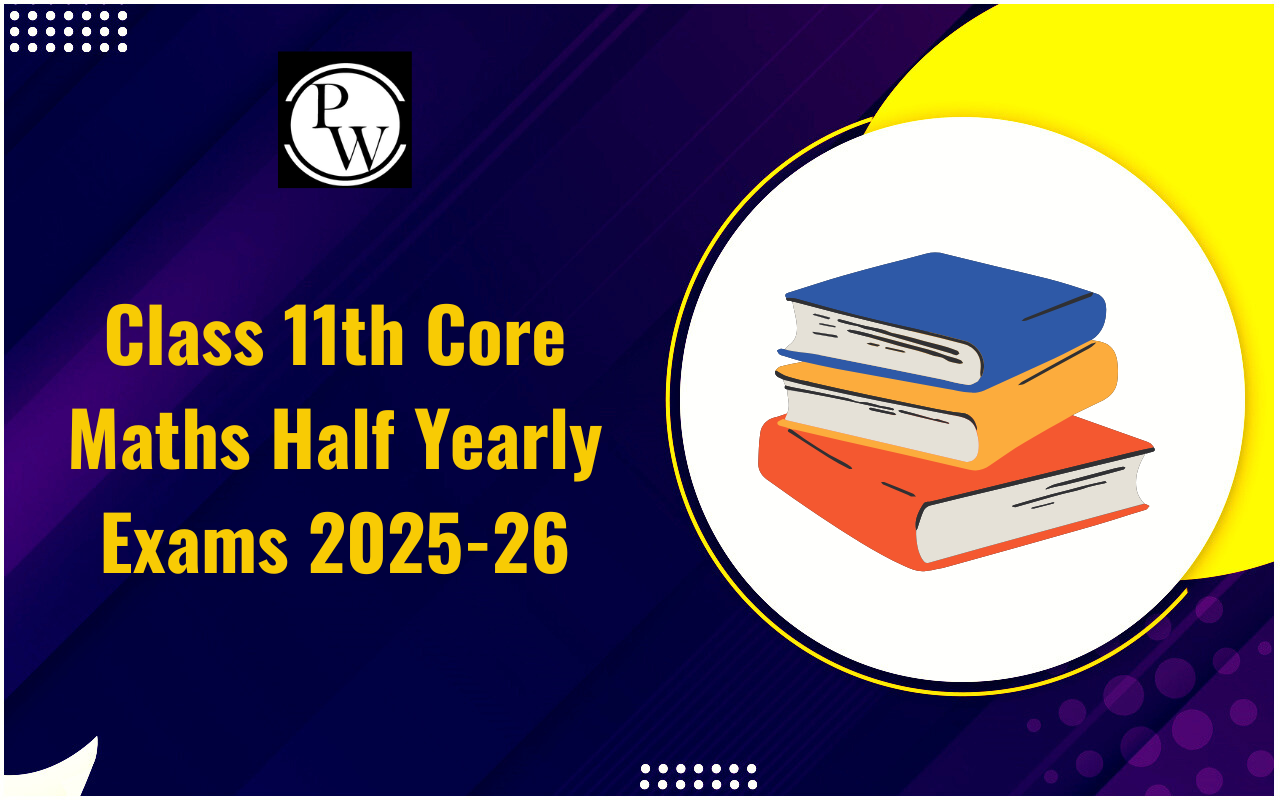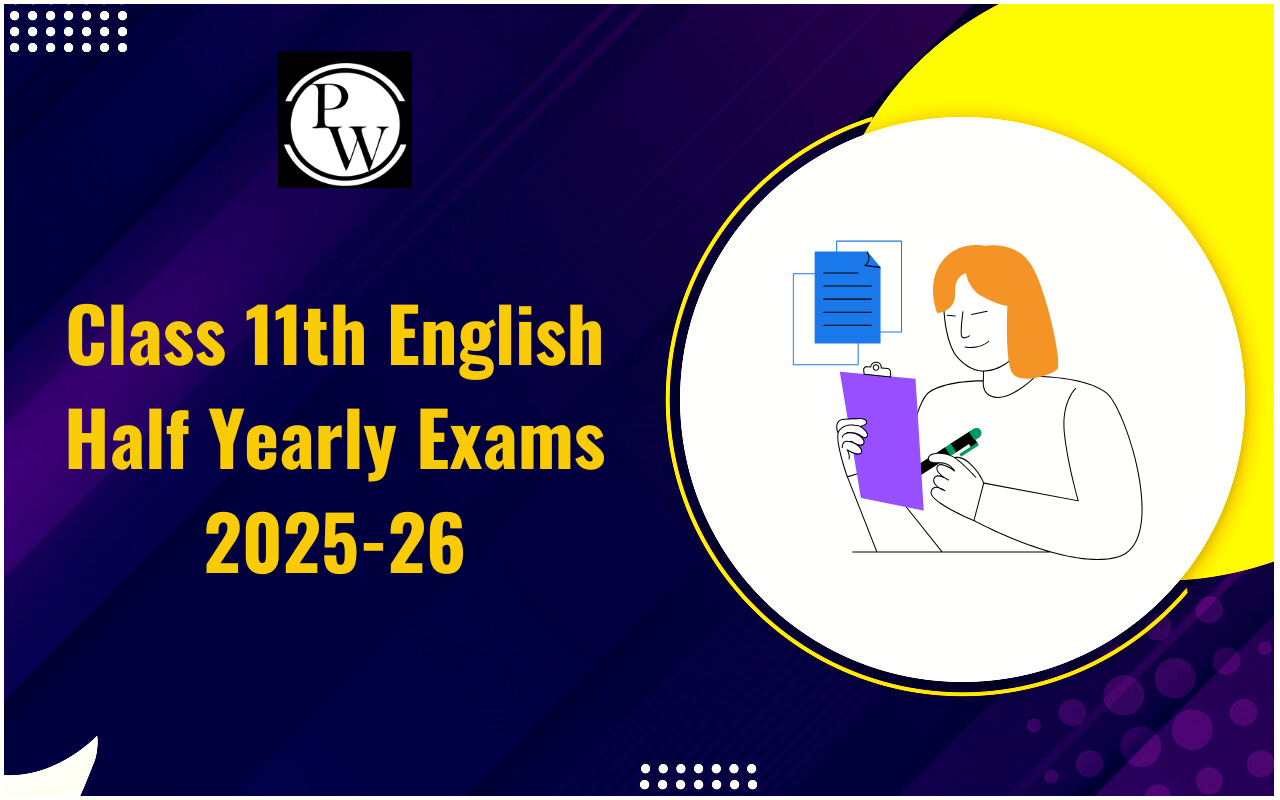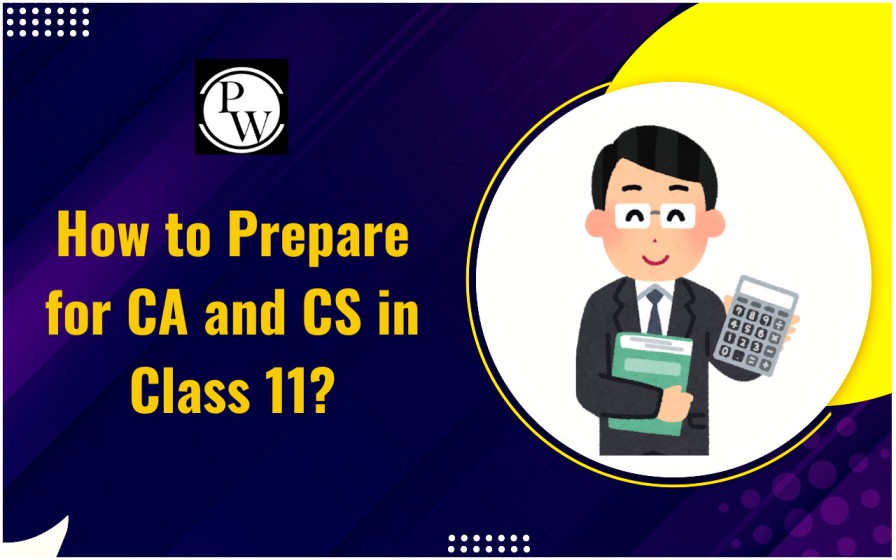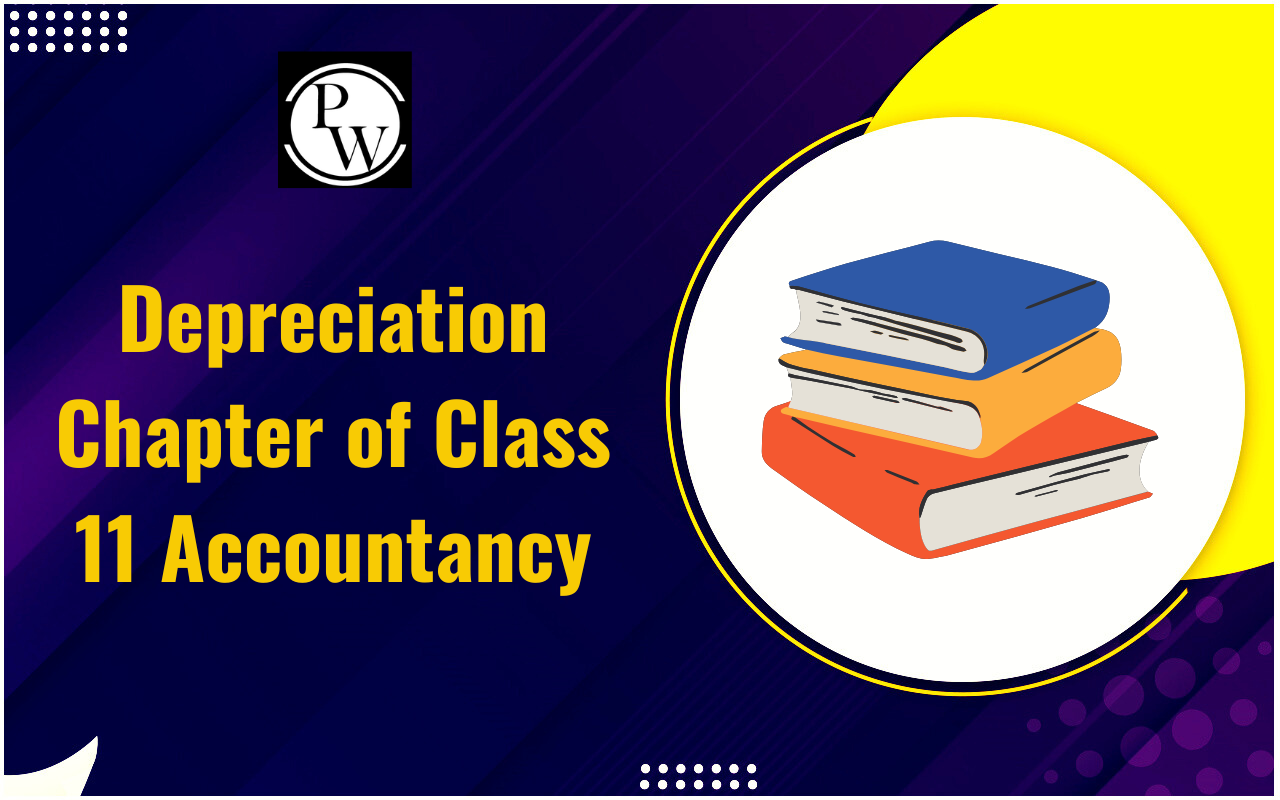
Journal Entries Class 11: In Class 11 Accountancy, Journal Entries are the foundation of accounting basics. Every financial transaction is first recorded in the journal. This process is a part of the double entry system. Understanding Journal Entries Class 11 helps students build a strong base for higher classes. Journal problems are also solved with the help of correct journal entries.
What are Journal Entries Class 11?
Journal Entries Class 11 are the records of all financial transactions in chronological order. These records show which account is debited and which account is credited. Journal Entries follow the double entry system, meaning every transaction has two sides – debit and credit. This is the starting point of accounting basics.
Characteristics of Journal Entries Class 11
Journal entries have some key characteristics, below we’ve mentioned the characteristic that students should know:
Chronological Record: They record transactions in the order they happen.
Double Entry System: Each transaction affects two accounts, one debit and one credit.
Complete Details: They include the date, accounts involved, and amounts.
Narration: A short explanation is written to describe the transaction.
Book of Original Entry: Journal entries are the first step before posting to individual ledger accounts.
Types of Journal Entries
There are mainly two types of Journal Entries Class 11. These are:
Simple Journal Entry: Only two accounts are involved. One is debited and the other is credited.
Compound Journal Entry: More than two accounts are involved. One or more accounts may be debited or credited together.
Format of Journal Entries
The format of Journal Entries Class 11 is simple and easy to follow. Below, we’ve mentioned the format of journal entries:
| Format of Journal Entries | ||||
| Date | Particulars | L.F. | Debit (₹) | Credit (₹) |
| YYYY/MM/DD |
Name of Account Dr. To Name of Account (Narration) |
Debit Amount | Credit Amount |
|
Date: When the transaction happened.
Particulars: The names of accounts involved. Debit first with "Dr." and then credit with "To".
L.F.: Ledger Folio number (left blank until ledger posting).
Debit and Credit: Amounts debited and credited.
How to Record Jounral Entries?
To record journal entries, follow these steps carefully:
Step 1 Identify the Accounts: Find the two accounts that are involved in the transaction.
Step 2 Classify the Accounts: Decide whether each account is an asset, liability, expense, income, or capital.
Step 3 Apply Debit and Credit Rules:
- Assets and expenses increase on debit and decrease on credit.
- Liabilities, income, and capital increase on credit and decrease on debit.
Step 4 Write Date and Accounts: Record the date first, then write the accounts with a debit above and credit below, putting "To" before the credit account.
Step 5 Enter the Amounts: Put debit and credit amounts in their columns.
Step 6 Add Narration: Write a brief description to explain the transaction.
Step 7 Divide Entries: Draw a line after each entry to separate it from the next.
Journal Entries for some Specific Transactions
Here are some common Journal Entries Class 11 explained:
Example 1: Business Started with Cash ₹50,000
| Date | Particulars | L.F. | Debit (₹) | Credit (₹) |
| 2025/08/21 |
Cash A/c Dr. To Capital A/c(Being business started) |
50,000 | 50,000 | |
Example 2: Purchased Goods for Cash ₹20,000
| Date | Particulars | L.F. | Debit (₹) | Credit (₹) |
| 2025/08/21 |
Purchases A/c Dr. To Cash A/c(Being goods purchased) |
20,000 | 20,000 | |
Example 3: Paid Rent ₹5,000
| Date | Particulars | L.F. | Debit (₹) | Credit (₹) |
| 2025/08/21 |
Rent A/c Dr. To Cash A/c(Being rent paid) |
5,000 | 5,000 | |
Example 4: Received Commission ₹3,000
| Date | Particulars | L.F. | Debit (₹) | Credit (₹) |
| 2025/08/21 |
Cash A/c Dr. To Commission A/c(Being commission received) |
3,000 | 3,000 | |
Example 5: Cash Transaction
| Date | Particulars | L.F. | Debit (₹) | Credit (₹) |
| 01/04/20XX |
Cash A/c Dr. To Sales A/c(Being goods sold for cash) |
15,000 | 15,000 | |
Example 6: Credit Purchase
| Date | Particulars | L.F. | Debit (₹) | Credit (₹) |
| 03/04/20XX |
Purchases A/c Dr. To Ram Traders A/c(Being goods purchased on credit) |
20,000 | 20,000 | |
Example 7: Bad Debts
| Date | Particulars | L.F. | Debit (₹) | Credit (₹) |
| 05/04/20XX |
Bad Debts A/c Dr. To Ramesh A/c(Being amount from Ramesh written off as bad debts) |
5,000 | 5,000 |
|
Example 8: Outstanding Expenses
| Date | Particulars | L.F. | Debit (₹) | Credit (₹) |
| 07/04/20XX |
Salary A/c Dr. To Outstanding Salary A/c(Being salary outstanding) |
8,000 | 8,000 |
|
Example 9: Accrued Income
| Date | Particulars | L.F. | Debit (₹) | Credit (₹) |
| 08/04/20XX |
Accrued Income A/c Dr. To Interest Income A/c(Being interest income accrued) |
4,000 | 4,000 |
|
Example 10. Depreciation
| Date | Particulars | L.F. | Debit (₹) | Credit (₹) |
| 09/04/20XX |
Depreciation A/c Dr. To Machinery A/c(Being depreciation charged on machinery) |
6,000 | 6,000 |
|
Example 11. Purchase Return
| Date | Particulars | L.F. | Debit (₹) | Credit (₹) |
| 10/04/20XX |
Ram Traders A/c Dr. To Purchase Return A/c(Being goods returned to supplier) |
3,000 | 3,000 |
|
Journal Entries Class 11 are the base of accounting basics. They help in recording transactions under the double entry system. Practicing journal problems regularly will make concepts easy to understand. By mastering Journal Entries Class 11, students can easily move ahead in the study of accountancy.
Join PW Commerce Online Course and unlock your potential with quality education and dedicated learning support.
| Also, Check | |
| Class 11 Business Studies | Class 11 Accountancy |
| Class 11 Economics | Class 11 Applied Maths |
Journal Entries Class 11 FAQs
What are Journal Entries in Class 11 Accountancy?
Why are Journal Entries called the Book of Original Entry?
What is the difference between simple and compound journal entries?

